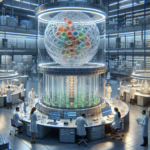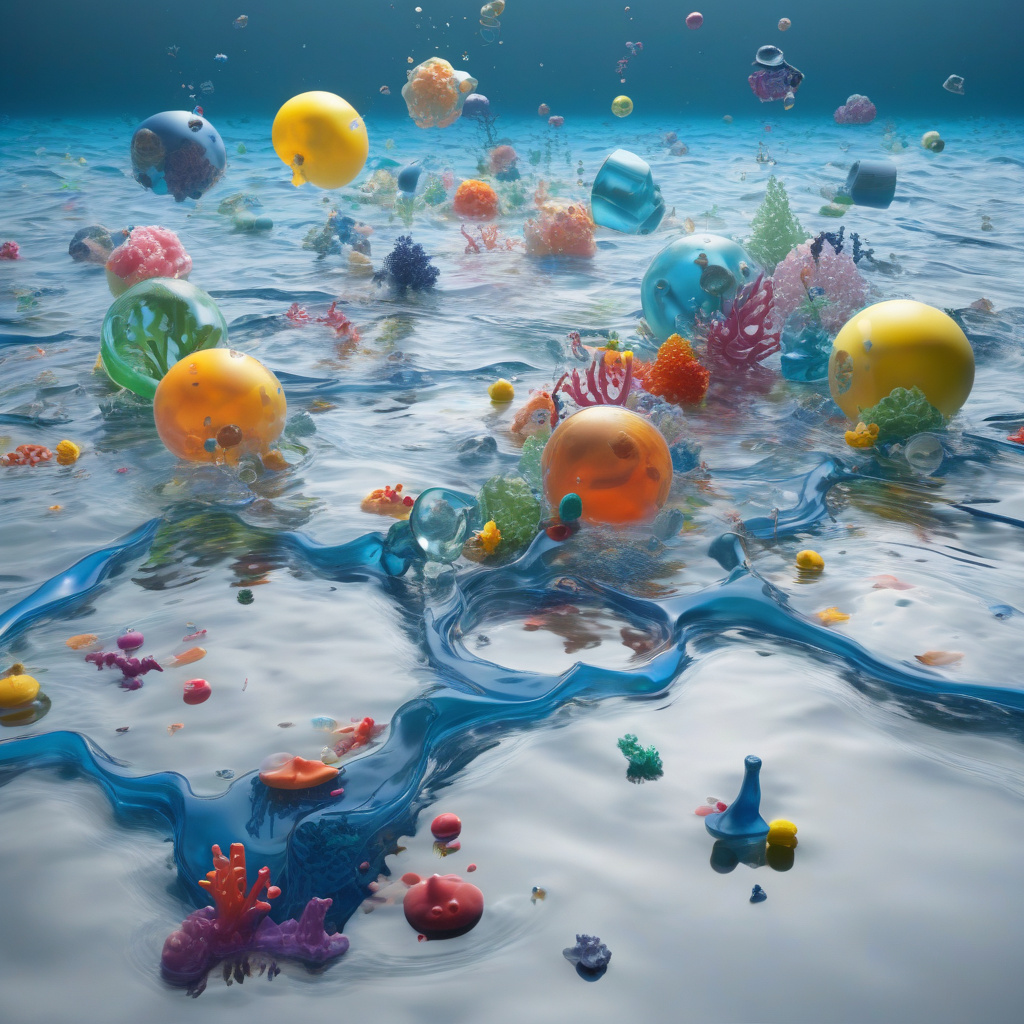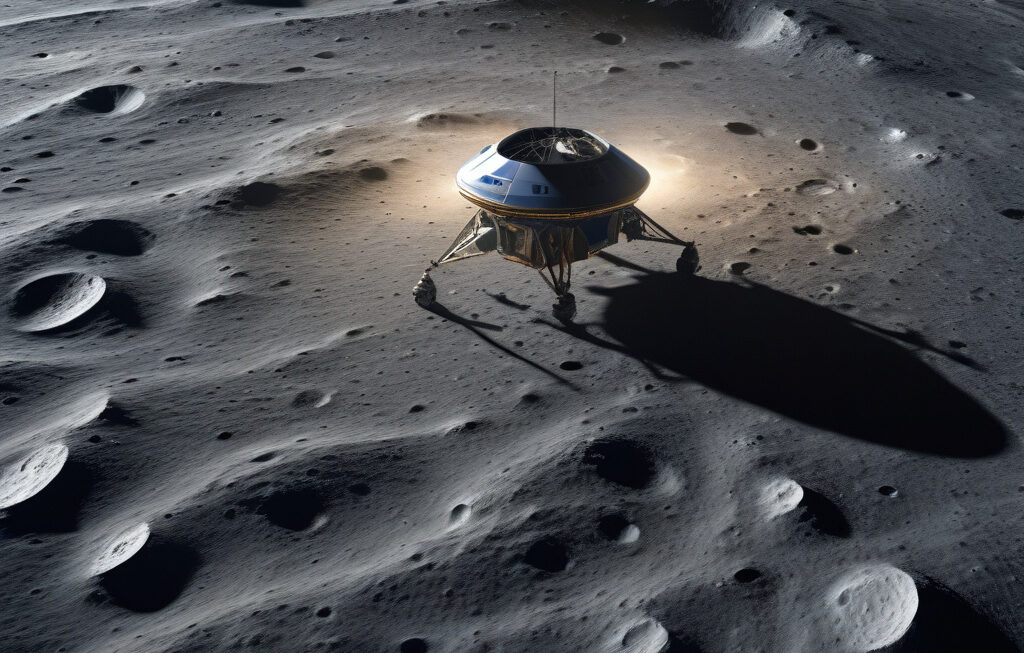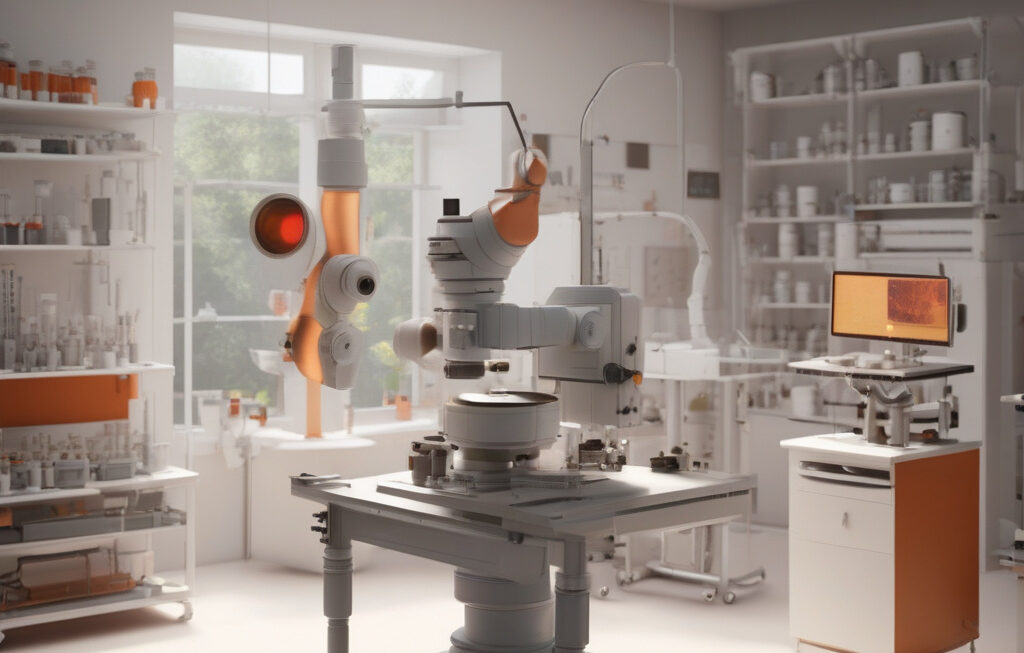Supramolecular Plastic: A Breakthrough Solution to Ocean Pollution
Microplastics have been detected across every part of the planet, including the deep ocean and even remote Arctic ice. These tiny plastic particles pose a significant threat to marine life, ecosystems, and ultimately, human health. Efforts to combat this global crisis have been ongoing, with researchers and innovators seeking novel solutions to address the pervasive issue of plastic pollution. One recent breakthrough in this field is the development of supramolecular plastic, a revolutionary material that not only dissolves in seawater but also leaves behind essential nutrients that plants can absorb.
Traditional plastics, derived from petroleum-based sources, can take hundreds to thousands of years to decompose fully. During this process, they break down into smaller and smaller pieces, resulting in the generation of microplastics that contaminate water bodies worldwide. These microplastics are ingested by marine organisms, causing harm at various levels of the food chain. The long-term consequences of plastic pollution on marine ecosystems are profound, highlighting the urgent need for sustainable alternatives.
Supramolecular plastic offers a promising solution to this environmental challenge. Unlike conventional plastics, which persist in the environment indefinitely, supramolecular plastic is designed to disintegrate rapidly in seawater. This innovative material is engineered using dynamic covalent chemistry, allowing the plastic structure to break down into its molecular components upon exposure to water. As a result, the supramolecular plastic dissolves into non-toxic byproducts that are biocompatible and environmentally benign.
Furthermore, what sets supramolecular plastic apart is its ability to leave behind valuable nutrients as it degrades. These nutrients, such as nitrogen and phosphorus, are essential for plant growth and development. By releasing these beneficial elements into the surrounding environment, the degraded supramolecular plastic transforms from a pollutant into a potential resource for marine ecosystems. Plants can absorb these nutrients, fostering their growth and contributing to the restoration of damaged habitats.
The implications of supramolecular plastic extend beyond waste management and pollution mitigation. This innovative material represents a paradigm shift in the design and lifecycle of plastics, emphasizing sustainability, biodegradability, and resource efficiency. By harnessing the principles of supramolecular chemistry, scientists have unlocked a new pathway towards a circular economy, where materials are designed to minimize environmental impact and maximize resource recovery.
In the quest for a more sustainable future, collaborations between researchers, industry stakeholders, policymakers, and the public are essential. The development and adoption of supramolecular plastic require collective efforts to scale up production, optimize performance, and ensure widespread acceptance and implementation. Education and awareness initiatives play a crucial role in highlighting the benefits of supramolecular plastic and promoting its integration into existing waste management systems.
As we confront the challenges of plastic pollution and environmental degradation, innovations like supramolecular plastic offer a glimmer of hope. By reimagining the properties and behaviors of materials, we can create a world where sustainability and progress go hand in hand. The journey towards a cleaner, healthier planet begins with a single molecule – and the possibilities are as vast and deep as the ocean itself.
microplastics, oceanpollution, sustainablefuture, supramolecularplastic, environmentalinnovation












